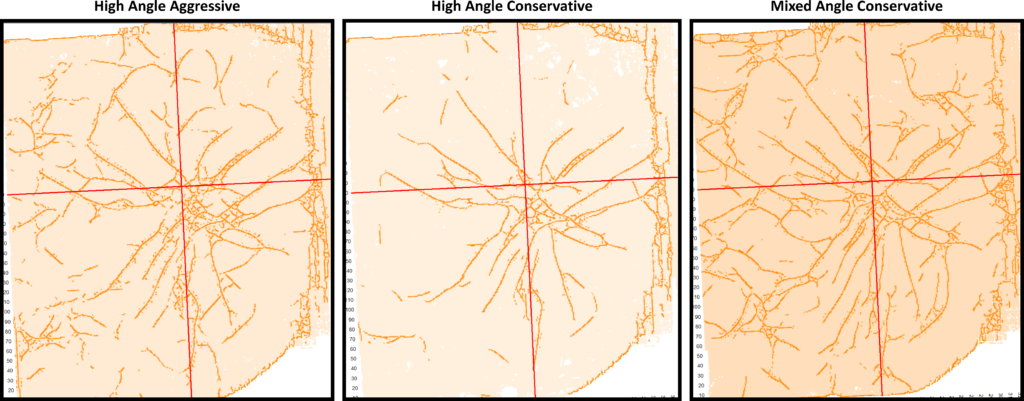SAGE Record 067, Sacrey
Sacrey, D., 2022, Paradise machine learning technology—Understanding the subsurface in detail: SAGE Record 067, 2 p., <http://sagetech.org/sage_record_067_sacrey/>. Keynote oral presentation at SAGE AGES #2, 30 June 2022, Lafayette, Louisiana, and Online.
KEYNOTE PRESENTATION: Paradise Machine Learning Technology—Understanding the Subsurface in Detail
Deborah Sacrey (Auburn Energy, Weimar, Texas)

Multi-attribute machine learning using self-organized mapping (SOM) (which is an unsupervised learning process) can be shown to reveal details in the data not previously identified and which can be interpreted to be lithologic in nature. The detail comes with the statistical analysis of the data based on information on each sample on each trace in the data. The result of this sample-based statistical analysis is that one can interpret thin-bed resolution well below conventional wavelet tuning. This, in turn, helps with highly accurate reservoir prediction when one ties the information to existing production or in the estimation of new reserves in exploration plays.
The key to the presentation is showing examples of problems in the every-day interpretation of data which can be solved by the neural analysis (classification) of multiple seismic attributes. These problems could be reservoir delineation, exploration and exploitation for new reserves, interpretation of complicated stratigraphic sequences, or basic interpretation when the data is less than optimal. Additionally, new deep learning algorithms allow the interpretation of faults in the data without having to manually pick fault segments (Figs. 1 and 2). This saves an immense amount of time for the interpreter. The fault attribute volume can then be combined with other attributes in the SOM process. The result allows the interpreter to see the faulting and the stratigraphy at the same time.
This presentation will highlight the use of SOM in thin bed environments, finding carbonate porosity, and showing examples with the result of SOM coupled with the fault attribute to capture compartmentalization of reservoirs.
BIOGRAPHY: Deborah Sacrey is a geologist/geophysicist with 45 years of oil and gas exploration experience in the Texas and Louisiana Gulf Coast and Mid-Continent areas of the US. She received her degree in Geology from the University of Oklahoma in 1976 and immediately started working for Gulf Oil in their Oklahoma City offices.
She started her own company, Auburn Energy, in 1990 and built her first geophysical workstation using Kingdom software in 1996. She helped SMT/IHS for 18 years in developing and testing the Kingdom Software. She specializes in 2D and 3D interpretation for clients in the US and internationally. For the past ten years, she has been part of a team to study and bring the power of multi-attribute neural analysis of seismic data to the geoscience public, guided by Dr. Tom Smith, founder of SMT. She has become an expert in the use of Paradise software and has over 5 discoveries for clients using multi-attribute neural analysis.
Deborah has been very active in the geological community. She is Past National President of SIPES (Society of Independent Professional Earth Scientists), Past President of the Division of Professional Affairs of AAPG (American Association of Petroleum Geologists), Past Treasurer of AAPG, and Past President of the Houston Geological Society. She is Past President of the Gulf Coast Association of Geological Societies and is a past member of the GCAGS representation on the AAPG Advisory Council. Deborah is also a DPA Certified Petroleum Geologist #4014 and DPA Certified Petroleum Geophysicist #2. She belongs to AAPG, SIPES, Houston Geological Society, South Texas Geological Society, and the Oklahoma City Geological Society (OCGS).



